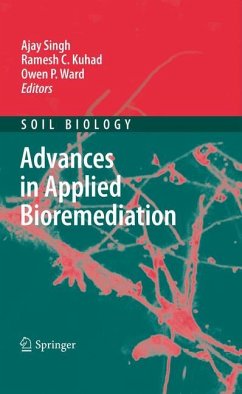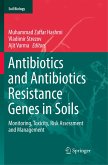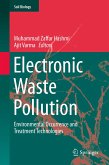Bioremediation is a rapidly advancing field and the technology has been applied successfully to remediate many contaminated sites. The goal of every soil remediation method is to enhance the degradation, transformation, or detoxification of pollutants and to protect, maintain and sustain environmental quality.
Advances in our understanding of the ecology of microbial communities capable of breaking down various pollutants and the molecular and biochemical mechanisms by which biodegradation occurs have helped us in developing practical soil bioremediation strategies. Chapters dealing with the application of biological methods to soil remediation are contributed from experts - authorities in the area of environmental science including microbiology and molecular biology - from academic institutions and industry.
Advances in our understanding of the ecology of microbial communities capable of breaking down various pollutants and the molecular and biochemical mechanisms by which biodegradation occurs have helped us in developing practical soil bioremediation strategies. Chapters dealing with the application of biological methods to soil remediation are contributed from experts - authorities in the area of environmental science including microbiology and molecular biology - from academic institutions and industry.
From the reviews:
"This is part of the series Soil Biology (Volume 17) and is a compact hardback book. I hope by the end of the book I will have a good update of fungi in bioremediation. The book comprises 18 chapters written by numerous authors. ... This hardback book is printed on good quality paper ... . provides a very good account of the topic of biological remediation by an expert group of authors. ... should be available in University libraries." (Fungal Diversity, Vol. 49 (1), July, 2011)
"This is part of the series Soil Biology (Volume 17) and is a compact hardback book. I hope by the end of the book I will have a good update of fungi in bioremediation. The book comprises 18 chapters written by numerous authors. ... This hardback book is printed on good quality paper ... . provides a very good account of the topic of biological remediation by an expert group of authors. ... should be available in University libraries." (Fungal Diversity, Vol. 49 (1), July, 2011)








